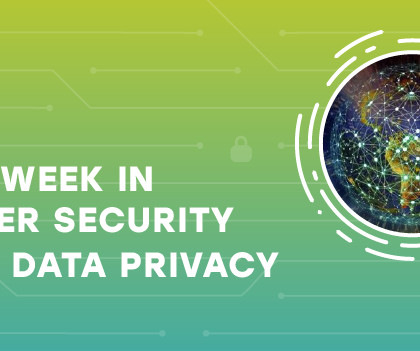Malware researcher reverse engineered a threat that went undetected for at least 2 years
Security Affairs
AUGUST 20, 2018
During the analysis time, only really few Antivirus (6 out of 60) were able to “detect” the sample. There is an interesting difference although, this stage builds up a new in-memory stage (let’s call Stage 4) by adding static GZIpped contents at the end of encrypted section (light blue tag on image).













Let's personalize your content